Core Concept: The Well-Told Advocacy Story
Here’s a key Living Proof Advocacy concept we use to help advocates hit the “sweet spot” of telling a well-told advocacy story—one that will move listeners from apathy to empathy to action.
Generally, there are two ways to tell a personal story that can cause it to fall short of being an advocacy story: raw telling and canned telling.
Raw telling refers to an advocate being both emotionally raw and unprepared. When you hear someone give a raw telling of their story, you may perceive the speaker as nervous, fragile, unfocused, or not in control. They may “overshare” or ramble too long with no real point.
Canned telling feels overly prepared or rehearsed; it appears slick, detached, scripted. Even if the story is delivered well, listeners’ response may be distanced. They may even feel skeptical of the speaker’s intent.
Between the raw and canned extremes, you’ll find the perfect balance for sharing your personal stories as an advocate—neither under- nor over-prepared, neither fragile nor distanced. The well-told advocacy story is both crafted and flexible, and the well-prepared advocate is both authentic and focused on a goal—not just moving audiences but motivating them to act.
It’s a delicate balance to strike, to be sure, but one that is completely achievable—when you focus on The Five Qualities of the Well-told Advocacy Story.

